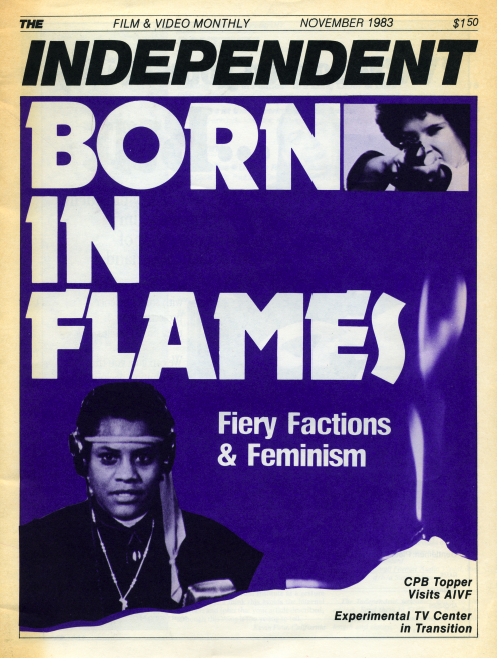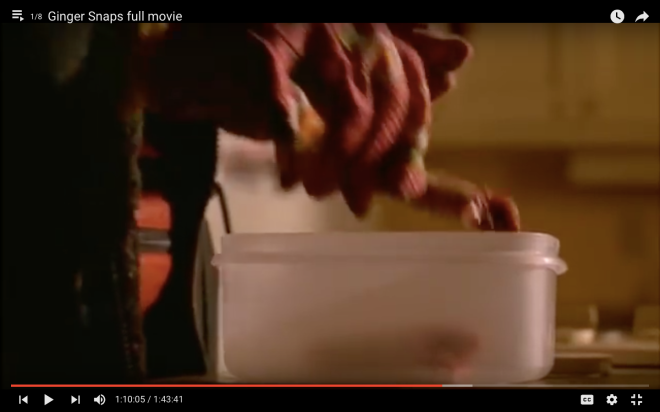The digitally remastered pool scene in the Cat People (1942) – 1.30 onwards
This is about as close we get to a transformation sequence in the 1942 version of Cat People. This is in part because Val Lewton who was in charge of the low-budget horror division at RKO would get a title, no script and $100,000 to make each film. This means banking on a strategy where more of the monster was suggested in the minds of the audiences than shown on screen.
The 1982 remake of Cat People had a bigger budget and was able to actually show the transformation sequence in full with the aid of fantastic practical effects. The remake was made with the same writer, Bodeen DeWitt, from the original 1942 film working on it and thus can arguably be said to be be faithful to the same vision they had in 1942, except with all the benefits of a bigger budget behind it.
I just wanted to point out that even though I didn’t get to mention the 1982 remake in my essay due to the page limit I was trying desperately to fit my essay into (and still failed), it exhibits many similar traits and characteristics as the transformation sequence found in The Company of Wolves (1984):
Across the two transformation sequences found here there’s a great amount of attention paid to faces, particularly in the tearing and destruction of faces. This calls to mind two things. Firstly, the Deleuzian and Guattarian concept of “the abstract machine of faciality” (168). D&G talk about the face as an abstract machine of faciality that’s made out of two parts, the white wall of signifier and the black hole of subjectivity.
To short-cut my reading and explanation I’m just going to quote from another reading I’ve been doing for another course that also mentions this (Really, NYU Spring 2016… why was your course selection so small and your offered courses so similar???):
“For Deleuze and Guattari, the face is the primary site of signification of subjectivity, the place where the organized body quickens all significations into one intensified point of textual transcribability. The face will tell us what race, gender, age and even class the rest of the body is without the need to see its entire form” – Patricia MacCormack, “Necrosexuality”
I get the impression that all this signification is only read off the “white wall” of the signifier though, and that underneath that, the “black hole” of subjectivity is an unknowable unknown within which, we might find panthers and wolves lying in wait, just waiting to burst through.
While I felt that this concept of faciality and facialization would have been more appropriate to discuss the transformation sequences in these films, I needed a third text from the course to meet my assignment requirement so I picked Béla Balázs’ “The Face of Man” which served my purposes just fine (I think… ) and how that theory is used you can see from the main essay itself but this leads me to the the second thing I was struck by.
When trying to look at these transformation sequences through a theoretical lens, I found a multitude of similarities across some of the theories we covered in the course this semester and I honestly can’t tell if I’m more thrilled or disappointed every time I spot what I think might be an overlap.
I don’t ask this out of hubris but 1) do you guys see similarities across theories? 2) how do you feel or what comes to mind when you see these similarities?
Deleuze, Gilles and Guattari, Felix. (1987). “Year Zero: Faciality.” A Thousand Plateaus: Capitalism and Schizophrenia. pp. 167-191.
MacCormack, Patricia. (2008). “Necrosexuality.” Queering the Non/Human. pp. 339-362.






